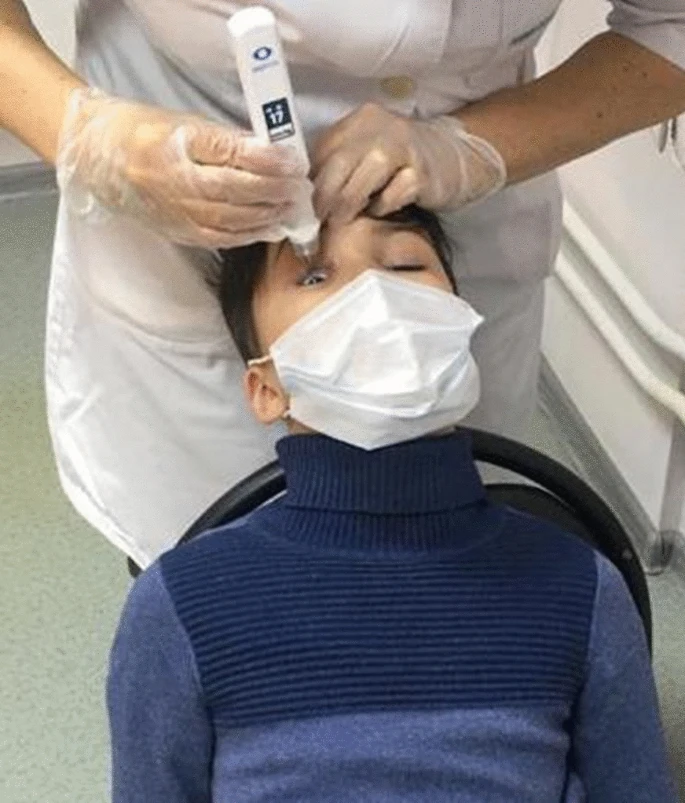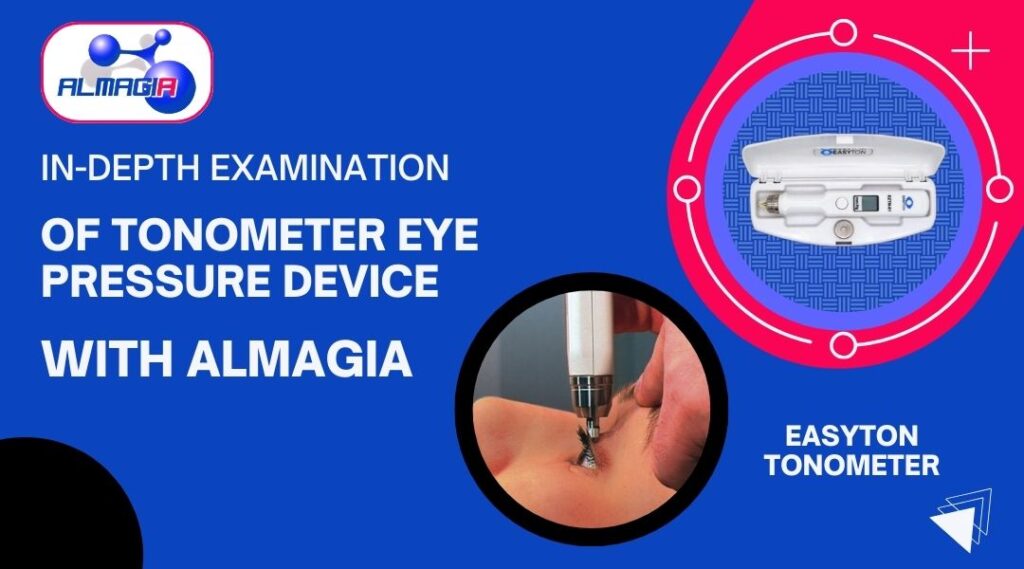Agreement among Goldmann Applanation Tonometer, Easyton Transpalpebral Tonometer, Tonopen, and Icare in Patients with Keratoconus
PubMed, is an open-access online database managed by the US National Library of Medicine at the National Institutes of Health. It offers a vast collection of biomedical literature, including research articles, journals, and various scientific resources related to medicine and healthcare. This website explores the agreement among the Goldmann Applanation Tonometer, Easyton Transpalpebral Tonometer, Tonopen, […]




